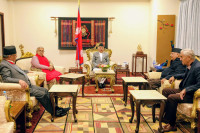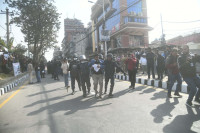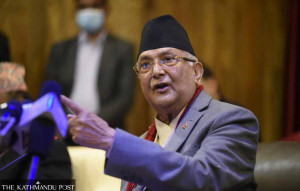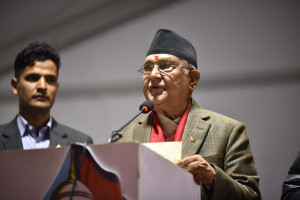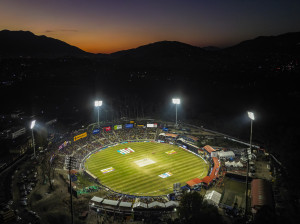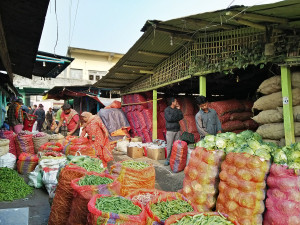Editorial
Politicians in proportion
Women must be allowed to contest direct elections so as to develop leadership skills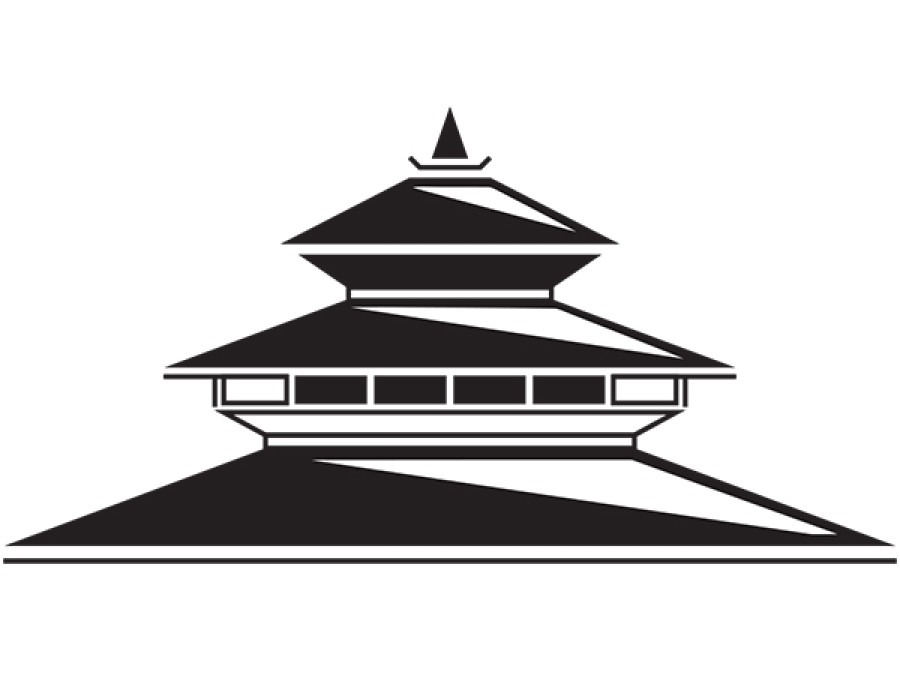
As the country prepares for the first and second phases of the federal parliament and provincial assembly elections, a particularly alarming issue is coming to light. Political parties have picked a nominal number of female candidates to contest the polls under the first-past-the-post (FPTP). The Election Commission (EC) has reported that only 5 percent of the candidates fielded by parties under the FPTP system for the first phase of polls are female. This translates to only 41 female candidates (18 for federal and 23 for provincial elections) out of a total of 803 contestants. It seems that this trend will hold true for the second phase of elections as well, as the reform-minded Nepali Congress youth leader Gagan Thapa has said that women were largely side-lined while selecting candidates under the FPTP system, and were relegated to the proportional representation list instead.
According to activists, the parties seem to believe that there is no need for pushing women in the direct polls, as they are guaranteed 33 percent of the seats through proportional representation according to the constitution anyway. Both the Interim Constitution and the new one included this provision regarding proportional representation, owing to which women constituted 33 and 30 percent of the members of the first and second Constituent Assemblies respectively.
Compared to the Asian average for women’s representation in parliament, which is 19.6 percent as shown by a global data map launched by the Inter Parliamentary Union (IPU) and UN Women, Nepal appears to be a forerunner in terms of representation of female parliamentarians. But the constitutionally mandated numerical representation masks a deeper malaise: constitutionally guaranteed proportional representation does not guarantee a qualitative change.
While female representation in Parliament may be significant, women’s participation in leadership positions in political parties remains woefully inadequate. The Cabinet under PM Sher Bahadur Deuba presents a clear picture of male bias with regard to executive positions. Out of 64 members, Deuba has just 11 women ministers.
This is an obvious example of the endemic patriarchal mind-set that is pervasive in Nepali society, and indeed in the Nepali political system as well.
Political parties seem to be using the proportional representation system as a means to side-line women from the FPTP. Political parties further barring women from contesting direct elections could prevent them from developing leadership skills, obstructing the presence of women as decision-makers.
The constitutional provision mandating that females hold 33 percent of seats has made Nepal’s parliament the most gender inclusive House in all of South Asia. The idea is to build up from this accomplishment. That Nepal has seen tremendous progress in the representation of women in different sectors cannot be denied, but it is evident that more still remains to be done if women are truly to be on a level playing field, both in politics and otherwise.




 12.12°C Kathmandu
12.12°C Kathmandu
